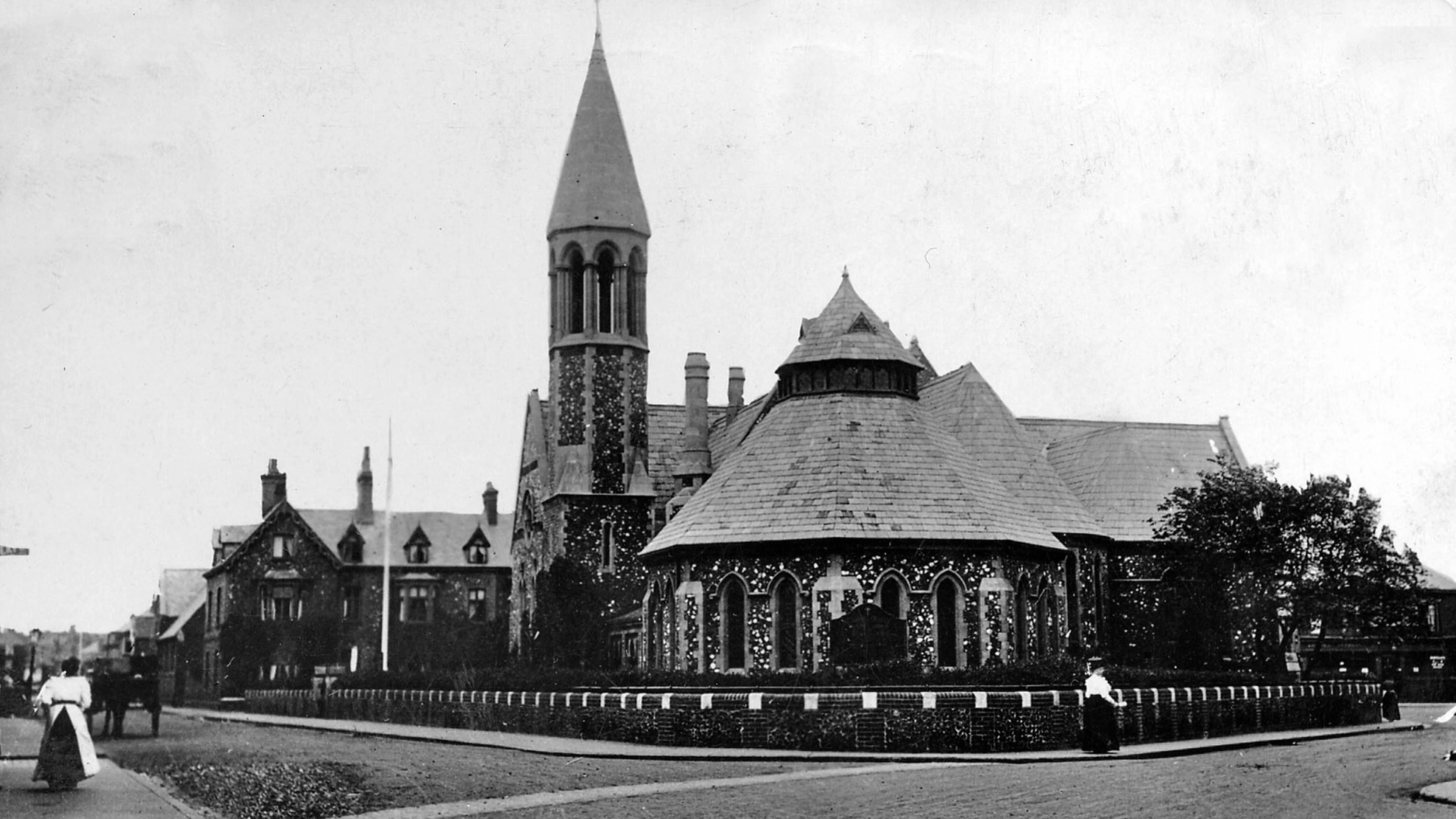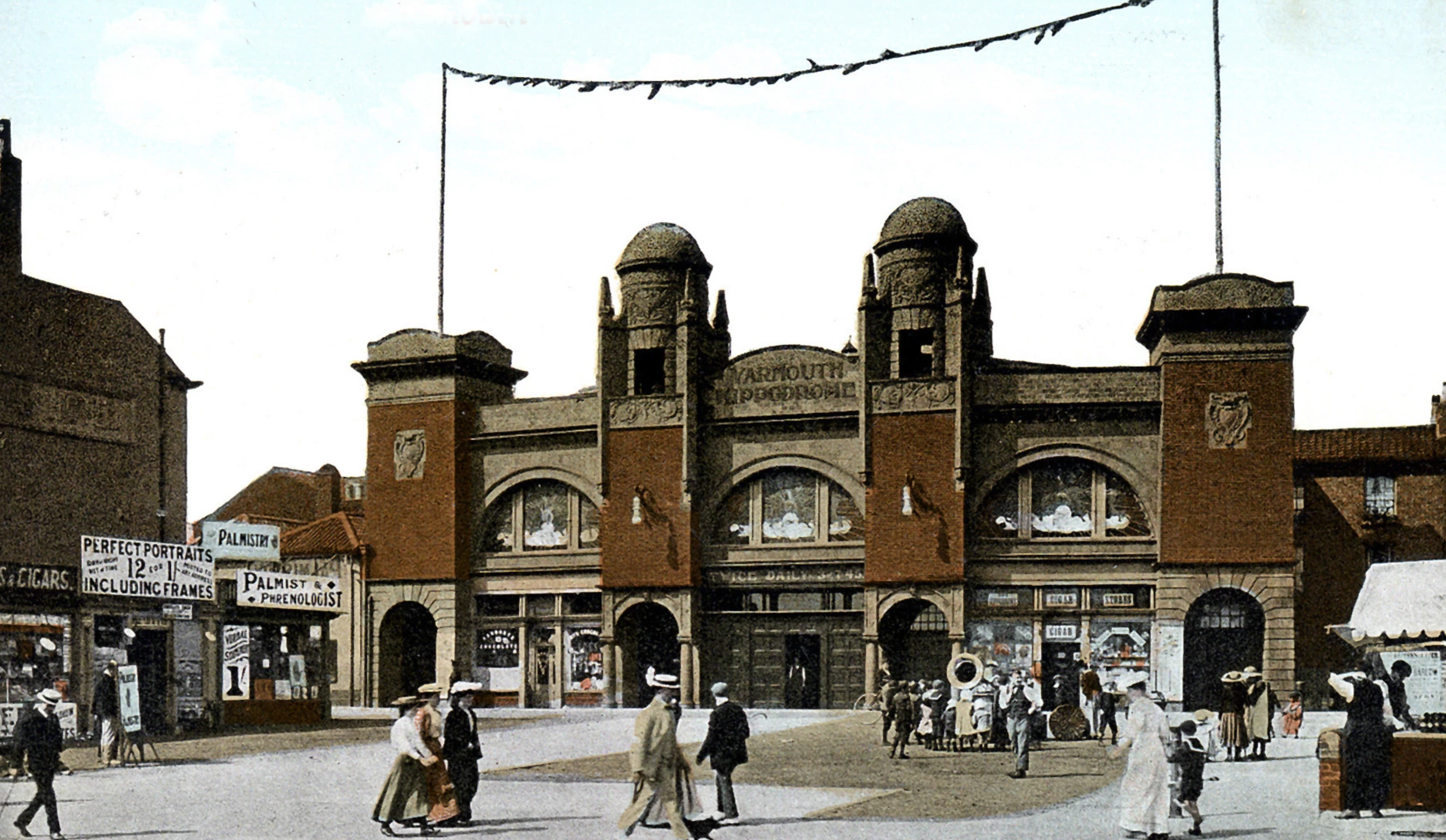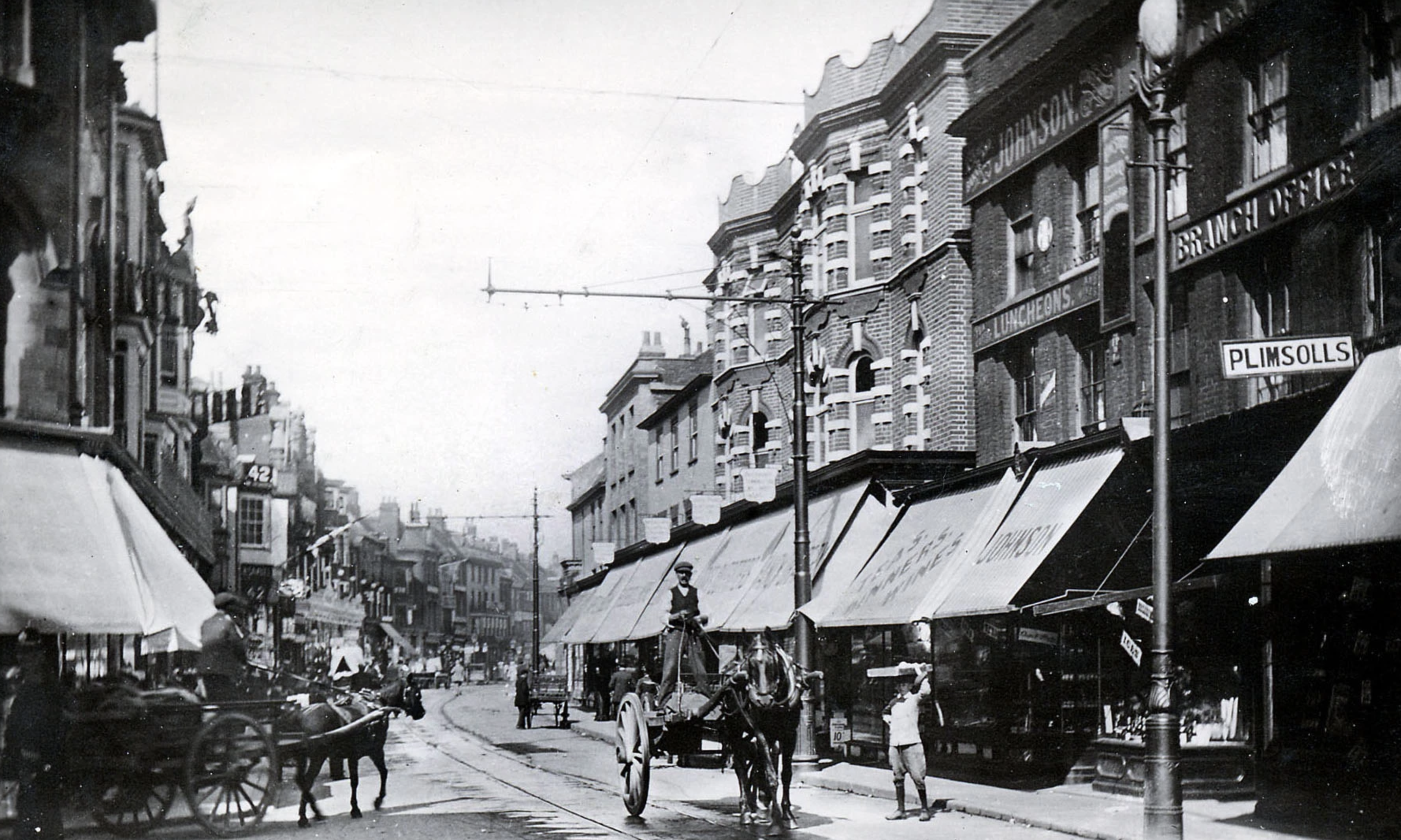Body-Snatchers

London surgeons went to extreme lengths to obtain bodies for dissection from body-snatchers (resurrectionists) such as Thomas Vaughan, whom they paid well. Resurrectionists stole bodies from graves in order to sell them to anatomists.
Before the passing of the Anatomy Act in 1832, obtaining corpses by unlawful means rendered the trade of body-snatching a lucrative one. A fresh corpse commanded a higher price. The corpses of children attracted a premium. Prior to this the only legal source of corpses was the bodies of hanged criminals. Among the most noted resurrectionists was Vaughan. One of the many surgeons who employed Vaughan was the well-regarded Astley Cooper, who was the son of the Vicar of Great Yarmouth from 1781 to 1800. After stealing bodies in various parts of the country, Vaughan, in 1827, rented a house for a short time in Row 6 (Body-Snatcher's Row), near White Horse Plain. Vaughan ordered crates, sawdust and two canvas bags. He took at least ten bodies from St. Nicholas’ Churchyard before he was discovered. The bodies were sent to London, by wagon, via Norwich. They were packed in sawdust in crates made for the purpose. Vaughan was paid between ten and twelve guineas for each body. Vaughan was betrayed by a lady friend and was arrested. He was sent to jail for six months, which was spent in Norwich Prison. The courts regarded body-snatching only as a misdemeanour meriting a short prison sentence. The London surgeons sent down a lawyer to act on Vaughan's behalf. The surgeons also allowed ten shillings a week for the 26 weeks he was imprisoned and six shillings a week for his wife.
Later, Vaughan was found to be in possession of clothes, which he had taken from a corpse in Plymouth. This theft raised his crime to the level of felony and he was transported to Australia. When the news broke of the body-snatching in Great Yarmouth, the relatives of the dead opened many graves. It was said at the time that the graveyard had the appearance of a ploughed field. The scene continued for four days and some bodies were found to be missing. Obtaining corpses became easier from 1832 with the passing of the Anatomy Act.



